Growth in Consumer Electronics Sector
The Display Optical Film Market is significantly influenced by the expansion of the consumer electronics sector. With the increasing adoption of electronic devices such as smartphones, laptops, and televisions, the demand for optical films is expected to rise correspondingly. In 2025, the consumer electronics market is anticipated to reach a valuation of over 1 trillion dollars, indicating a robust growth trajectory. This growth is likely to drive the need for high-performance optical films that enhance display quality and energy efficiency. As manufacturers strive to differentiate their products in a competitive landscape, the Display Optical Film Market stands to gain from innovations that improve the functionality and aesthetics of consumer electronics.
Increasing Focus on Energy Efficiency
The Display Optical Film Market is also being driven by a growing emphasis on energy efficiency in display technologies. As environmental concerns rise, manufacturers are increasingly seeking solutions that reduce energy consumption while maintaining high performance. Optical films play a crucial role in enhancing the energy efficiency of displays by improving light transmission and reducing glare. The market for energy-efficient displays is expected to grow significantly, with projections indicating a potential increase of 20% in demand for energy-efficient optical films over the next few years. This trend reflects a broader commitment within the Display Optical Film Market to align with sustainability goals and meet regulatory standards.
Rising Demand for High-Definition Displays
The Display Optical Film Market is experiencing a surge in demand for high-definition displays, driven by the increasing consumer preference for superior visual quality. As technology advances, manufacturers are focusing on enhancing display resolution, which necessitates the use of advanced optical films. The market for high-definition displays is projected to grow at a compound annual growth rate of approximately 8.5% over the next five years. This growth is likely to be fueled by the proliferation of smart devices, including smartphones, tablets, and televisions, which require high-quality optical films to improve clarity and color accuracy. Consequently, the Display Optical Film Market is poised to benefit from this trend, as manufacturers seek to meet the evolving needs of consumers for enhanced viewing experiences.
Emergence of Innovative Display Technologies
The Display Optical Film Market is witnessing a transformation due to the emergence of innovative display technologies such as OLED and MicroLED. These technologies offer superior brightness, contrast, and energy efficiency, which are increasingly appealing to consumers and manufacturers alike. The adoption of OLED displays, for instance, is projected to grow at a rate of 15% annually, leading to a heightened demand for specialized optical films that can optimize performance. As these advanced technologies become more mainstream, the Display Optical Film Market is likely to adapt by developing films that cater to the specific requirements of these new display formats, thereby enhancing overall market growth.
Expansion of Automotive Display Applications
The Display Optical Film Market is experiencing growth due to the expansion of automotive display applications. As vehicles become more technologically advanced, the integration of high-quality displays for navigation, entertainment, and driver assistance systems is becoming commonplace. The automotive display market is projected to grow at a compound annual growth rate of 10%, which will likely drive demand for optical films that enhance visibility and performance in various lighting conditions. This trend indicates a shift in the Display Optical Film Market, as manufacturers adapt their products to meet the specific needs of the automotive sector, thereby opening new avenues for growth.

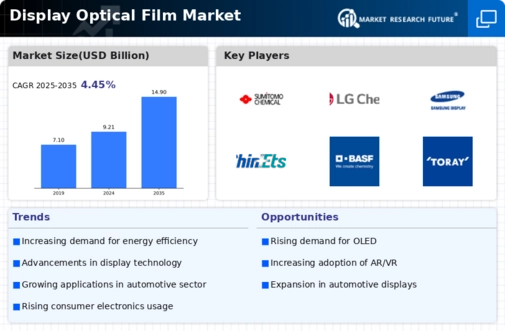


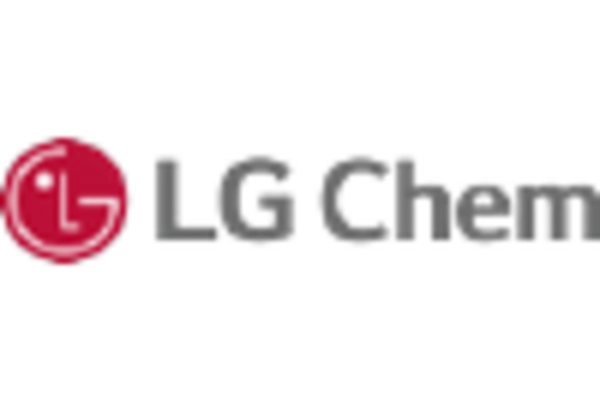

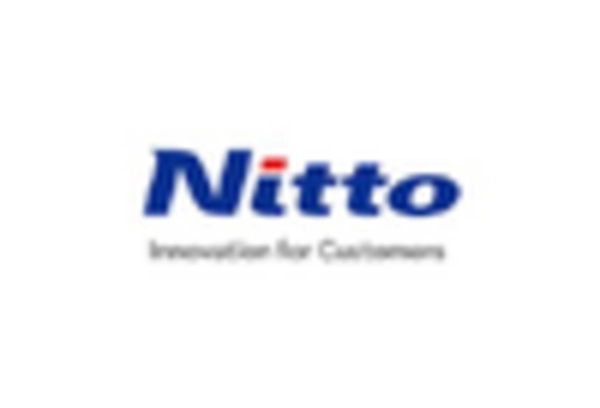
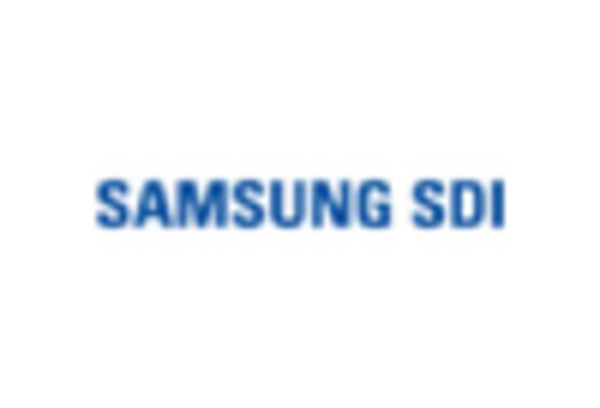
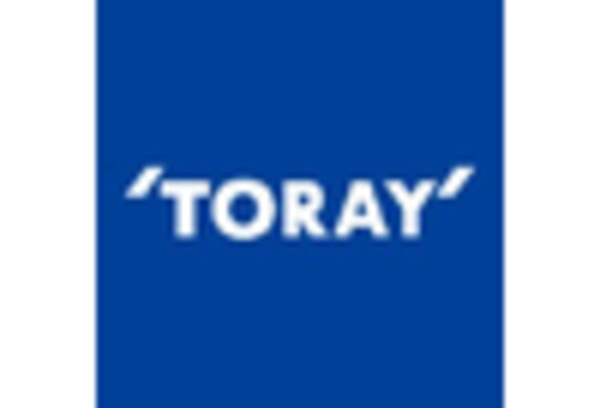








Leave a Comment